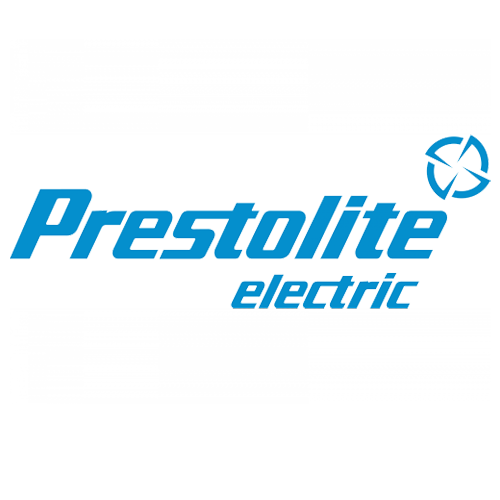Solenoid valves
Solenoid valves are electromechanical devices designed to regulate and control the flow of liquids and gases. On vehicles, they are used in fuel supply systems, hydraulic and pneumatic systems.
The solenoid (or electromagnetic) valve consists of two main components:
— the solenoid itself with a core that moves inside the solenoid coil;
— a valve that actually regulates the flow with its diaphragm or piston.
Solenoid valves open/close by moving the magnetic core. It slides into the solenoid when an electric current is applied to it. Modern solenoid valves are designed to be as compact as possible, yet tight and reliable.
According to the principle of operation, solenoid valves are divided into two groups: direct and indirect action. The principle of operation of the first is based only on the force of an electromagnet, which must have a very high power. Therefore, there is no specific limitation on the nominal diameter (through hole) of solenoid valves of this type, as well as on the operating pressure in the system where they will be installed. The advantages of direct-acting valves are high frequency of actuation, as well as operation in the absence of pressure. The second group is valves of indirect action. They use the energy of the medium that moves in the system to work. Such solenoid valves have a fairly wide range of nominal diameters and operating pressures. In addition, the solenoid in such a valve usually has less power. Another of the advantages of these valves is usually noted for the greater smoothness of operation, which protects the entire system from water hammer.
Solenoid valves are divided into normally closed and normally open in the state without electrical voltage. The former close the through hole if they are not supplied with electric current. The second — on the contrary, in the absence of power supply, open the through hole. Therefore, normally closed, when current is applied to them, open the passage, normally open — close it.
Solenoid valves are also used as fuel controls for flame glow plugs in diesel engine starting aid systems. As one of the leaders in the development and production of starting aids, Hidria manufactures solenoid valves compatible with ISKRA flame glow plugs.
Hidria manufactures all types of solenoid valves with the following main features:
Working voltage: 12 — 24V
Resistance: 3 — 35 Ohm
Voltage to open valve: 6 — 14V
Voltage to close valve: 3 — 7,5V
| Name, article | Solenoid valve (stop solenoid for fuel pump) 11-720-220 |
Solenoid valve (stop solenoid for fuel pump) 11-720-224 |
Solenoid valve (for flame glow plugs) 5013-728-208 |
Solenoid valve (for flame glow plugs) 5013-728-410 |
| Voltage, V | 24 | 24 | 24 | 24 |
| Resistance, Ohm | 30 | 35 | 13 | 32 |
| Voltage to open the valve, V | >12 | >12 | >12 | >12 |
| Voltage to close the valve, V | <7,5 | <7,5 | <7 | <7 |
| Applicability | Engines Cummins, MAN, Lambordini, Delphi fuel pumps | Engines Cummins, MAN, Lambordini, Delphi fuel pumps | KAMAZ vehicles | KAMAZ, MAN vehicles |















